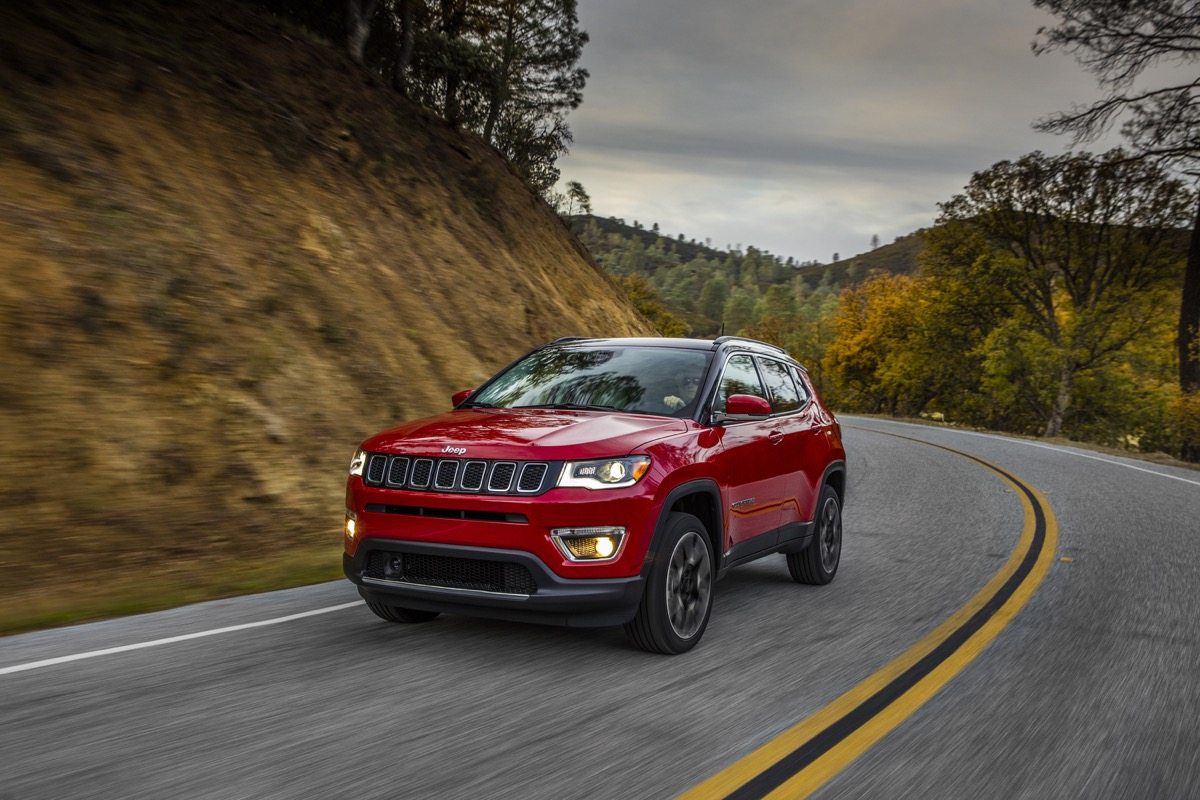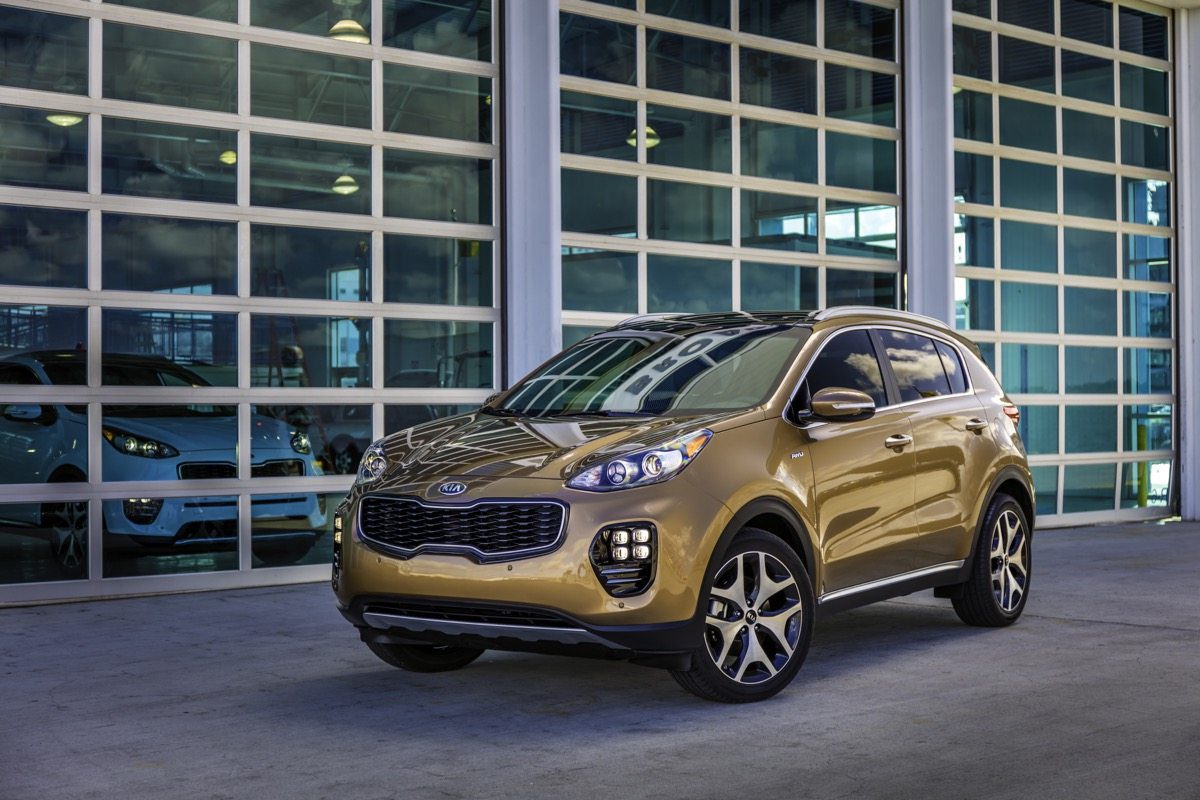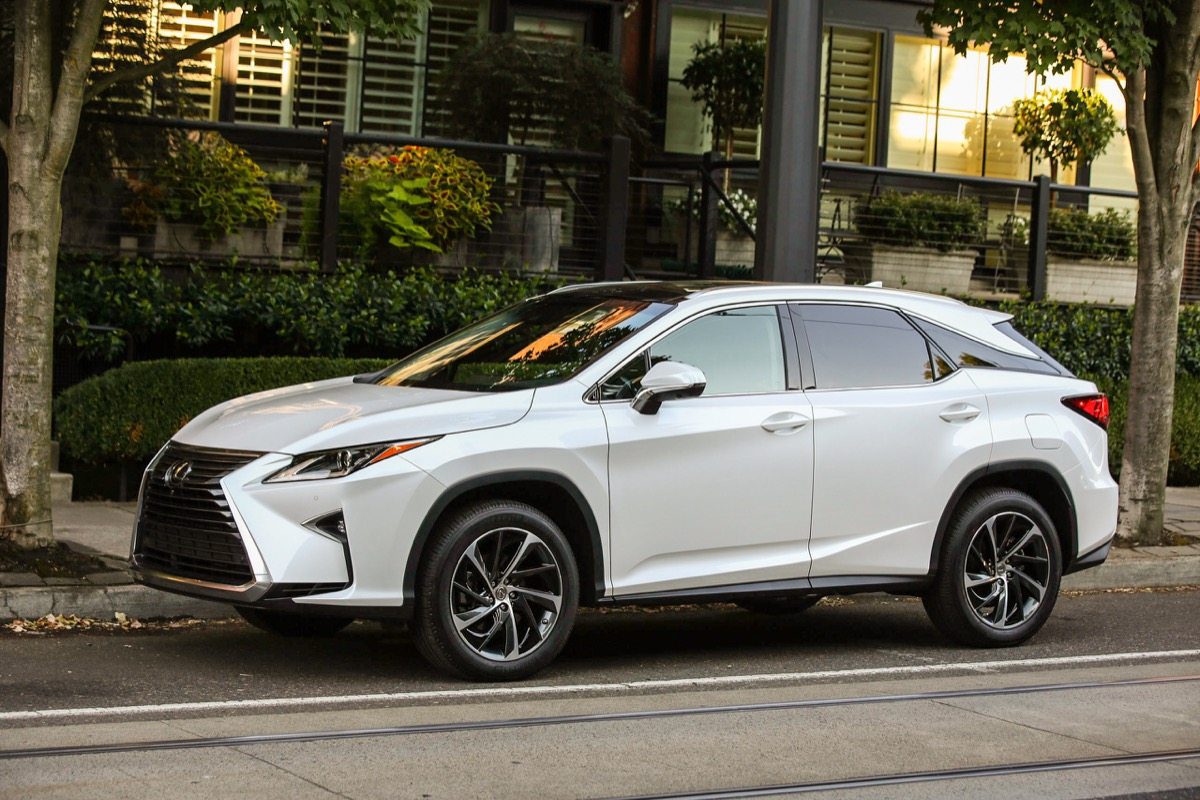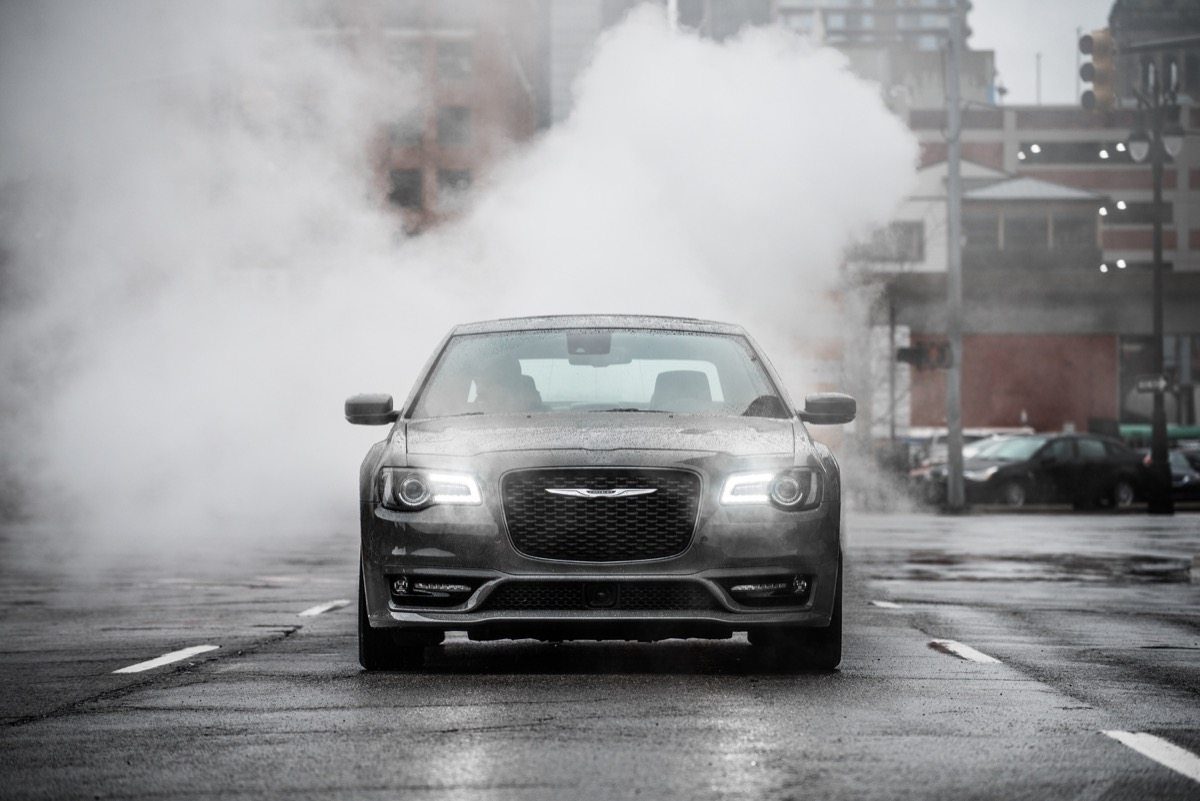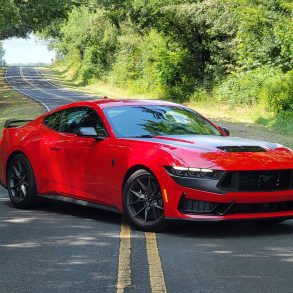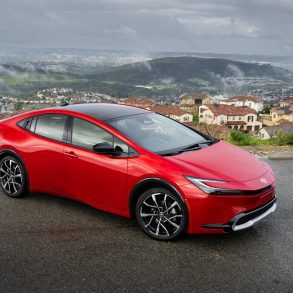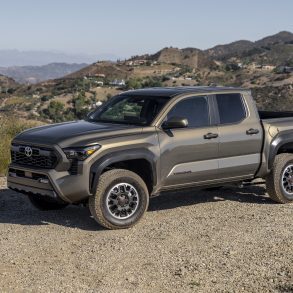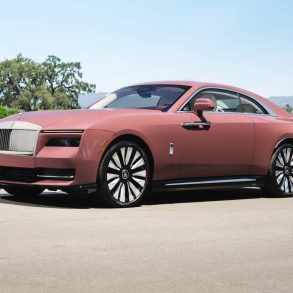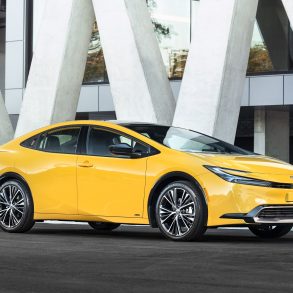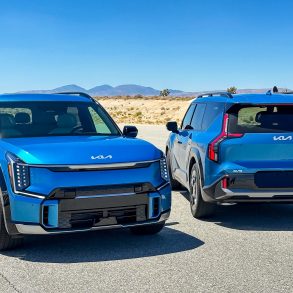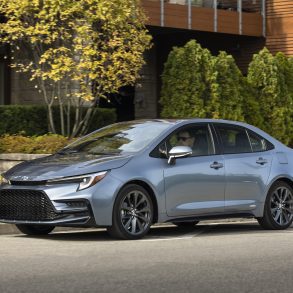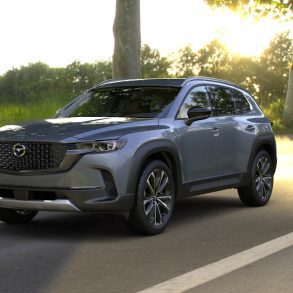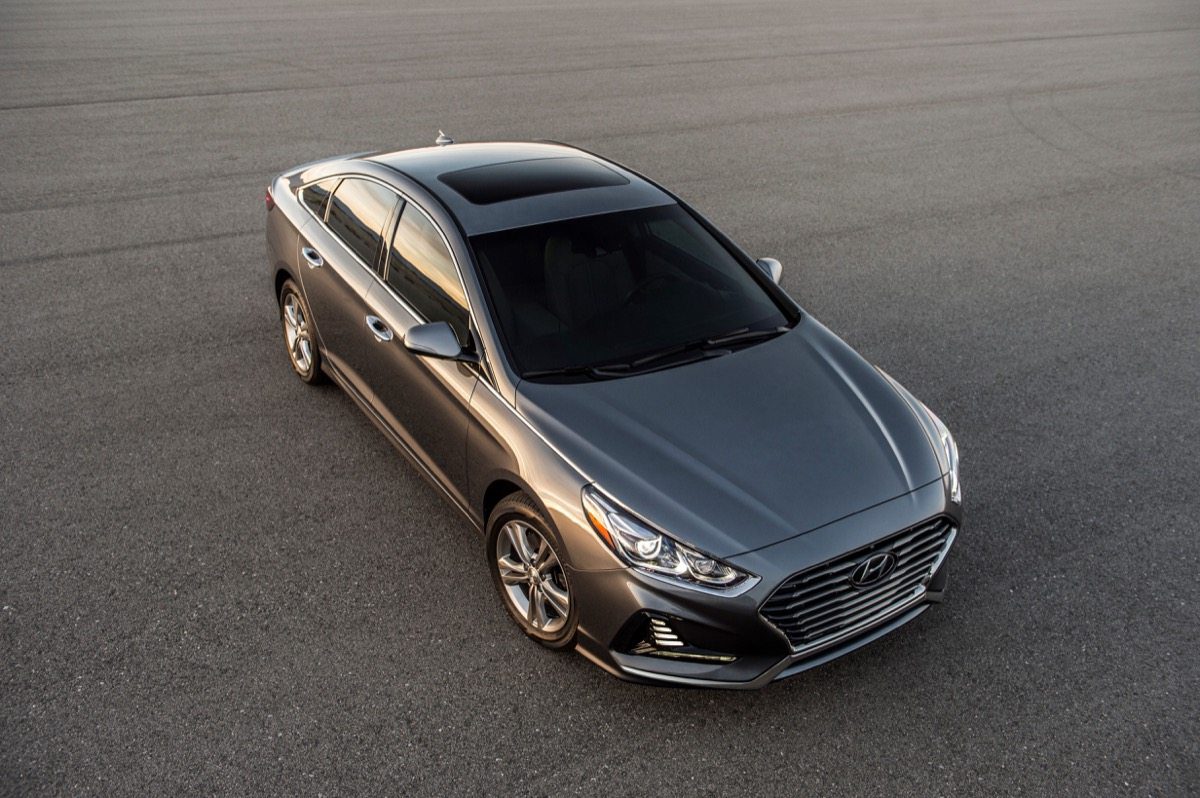 As U.S. auto sales volume declined nearly 2 percent, year-over-year, in calendaryear 2017, much of the decrease was caused by a relative handful of auto brands.
As U.S. auto sales volume declined nearly 2 percent, year-over-year, in calendaryear 2017, much of the decrease was caused by a relative handful of auto brands.
A 2 percent drop? In the eyes of brands like Hyundai and Jeep, a 2 percent drop would have been absolutely wonderful.
Many high-volume auto brands — Ford, Toyota, and Chevrolet most notably — were only slightly behind 2016’s pace. A number of other high-volume auto brands were slightly ahead of 2016’s pace: Honda and Nissan both set all-time volume records; Subaru was 5 percent ahead of 2016’s record performance.
Yet because of hugely significant declines at seven key auto brands, the even-keeled auto sales result reported by the five most popular auto brands in America (which account for 56 percent of the market) was entirely counteracted.
These are those seven brands, and here’s what went wrong in 2017.
Hyundai
Down 13 percent to 664,961 sales in 2017, Hyundai’s volume declined by more than 100,000 units, its market share slid by half a point from 4.4 percent to 3.9, and its car division managed to lose nearly a quarter of its volume as consumers reject the seventh-generation Hyundai Sonata and Hyundai turns down the fleet pressure.
Granted, Hyundai did sell more utility vehicles in 2017 than in 2016, 27,000 more, but Hyundai remains a car-centric brand. In an industry that now generates only 35 percent of its sales with passenger cars, Hyundai still looks to cars for 63 percent of its U.S. volume.
JEEP
Surely at a time when U.S. auto sales are falling simply because of a drop in car and minivan demand, an SUV-only brand like Jeep will persevere. Or not.
Jeep sales tumbled 11 percent in 2017, falling 98,000 units below 2016’s pace as the brand’s share of the market slid half a point from 5.3 percent in 2016 to 4.8 percent in 2016. Jeep’s continuing and new products coped well enough: the Grand Cherokee jumped 13 percent in 2017 and Compass sales roared to record levels once the new model took over from the dreadful first-generation iteration. But in this transition phase, with the Patriot dying and the Wrangler re-launching as an all-new model for 2018, Jeep sold 828,522 vehicles and was not able in 2017 to build on 2016’s record output. At all.
Kia
Falling to a three-year low after three consecutive years of growth, Kia’s U.S. volume fell 9 percent to 589,668 sales in 2017. That drop of 58,000 units caused Kia’s market share to fall from 3.7 percent in 2016 to 3.4 percent in 2016.
The root cause? Look at virtually every corner of the lineup. Kia’s cars tumbled 10 percent, not unexpectedly, but Kia’s two core utility vehicles, the Sportage and Sorento, reported respective losses of 13 percent and 10 percent. If you can’t sell SUVs in 2017, what can you sell? Exclude new models, the Stinger and Niro, and Kia’s year-over-year volume was actually down 13 percent.
Dodge
A dreadfully depleted lineup devoid of competitive entries dragged the once powerful Dodge brand down 12 percent to 446,996 units in 2017, a loss of 60,000 sales that represented the worst year for Dodge since the recession.
It doesn’t help that Dodge no longer fields a compact or midsize car, nor even a Viper to serve as a halo. A temporary Dodge Grand Caravan plant shutdown in Ontario did the brand no favours, either. But aging product in sectors that draw little consumer attention won’t bring Dodge back from the brink anytime soon.
Lexus
Very narrowly missing out on the silver medal position among America’s top-selling premium brands, Toyota’s upmarket Lexus division suffered an 8 percent drop to 305,132 sales in 2017, a four-year low and a second consecutive year of decline.
Although Lexus’ cars are largely to blame — sales of the ES, GS, IS, LC, LS, RC, and discontinued CT plunged 23 percent — Lexus’ best-selling model didn’t aid in the efforts. The Lexus RX is by far America’s top-selling luxury utility vehicle, but sales slid 1 percent in 2017.
Chrysler
You can’t really blame the Chrysler brand. But you can blame Fiat Chrysler Automobiles LLC, which has neutered the Chrysler brand over the last few years.
Chrysler now exists because of one aging full-size sedan, a relatively unpopular car in a dying category, and a minivan. With no midsize sedan, no small car, and no SUV, Chrysler sales fell 19 percent to only 188,545 units in 2017. The brand’s market share is down to just 1.1 percent. Chrysler owned 3.4 percent of the U.S. market a decade ago.
Cadillac
America’s best-selling and most well-known luxury auto brand was last America’s leading top-selling luxury brand in 1997. Compared with 2016, Cadillac’s U.S. sales in 2017 fell 8 percent to 156,440 units, the lowest total for Cadillac since 2012.
The trend isn’t looking bright, either. In the final month of 2017, December sales of every Cadillac model tanked. The ATS, CT6, CTS, XTS, Escalade, Escalade ESV, and XT5 all reported declines, including rapid declines of more than 50 percent for the ATS, CTS, and XTS.

